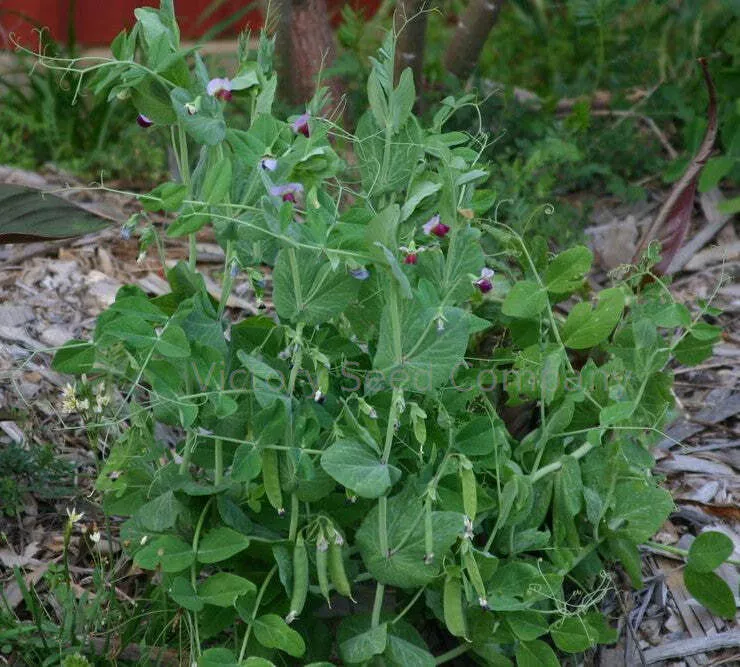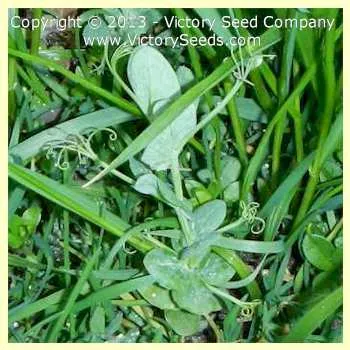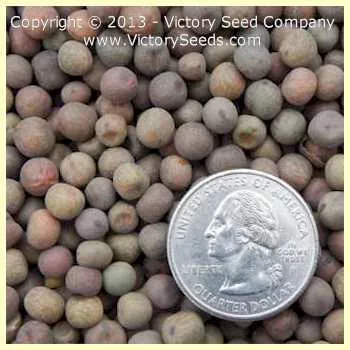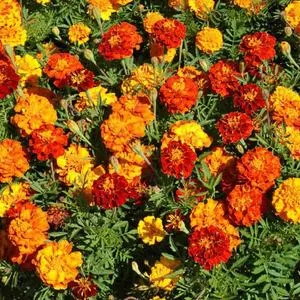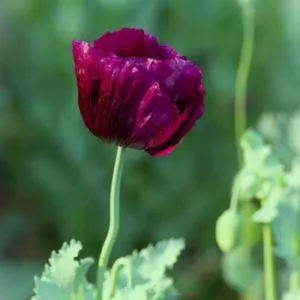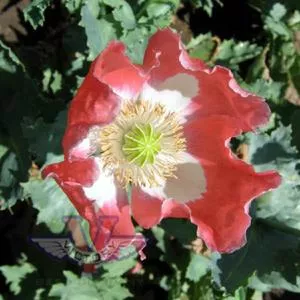


Austrian Winter Pea
Pisum sativum subsp. arvense
Price: $3.33
SKU: 10010311Choose a variant:
Also known as simply 'Austrian Pea' or 'Austrian Field Pea', this variety is almost exclusively used for overwintering, soil improvement purposes. It grows on even the poorest soils. It has also been used as a fodder crop, and like many livestock feeds, can be used as a table vegetable, in a pinch, in the form of a soup pea.
Can be sown just about any time of the year, when sown in the fall and allowed to grow over the winter, it is then turned under as a green manure. Using field peas in this manner accomplishes several goals. As a legume is absorbs nitrogen from the air which is then incorporated into the soil when the plants are turned under in the spring. They also work to prevent the effects of wind and water erosion on the soil during the winter and help suppress weeds.
Survives down to about 15ºF. One ounce contains approximately 200 seeds, and will cover about 100 square feet of garden space. If used as part of a cover crop mix, coverage increases accordingly.
Can be sown just about any time of the year, when sown in the fall and allowed to grow over the winter, it is then turned under as a green manure. Using field peas in this manner accomplishes several goals. As a legume is absorbs nitrogen from the air which is then incorporated into the soil when the plants are turned under in the spring. They also work to prevent the effects of wind and water erosion on the soil during the winter and help suppress weeds.
Survives down to about 15ºF. One ounce contains approximately 200 seeds, and will cover about 100 square feet of garden space. If used as part of a cover crop mix, coverage increases accordingly.
Special Groups: Market Growers
Planting Instructions: Loosen rich well-drained soil in a location that receives six to eight hours of full sunlight per day. Add compost or fertilizer before planting.
Plant seeds directly outdoors in spring or fall when temperatures are cool. Plant 1½ inches deep, one to two seeds every two inches. Keep moist until germination. Thin to one plant every two inches in rows spaced thirty inches apart.
Plant seeds directly outdoors in spring or fall when temperatures are cool. Plant 1½ inches deep, one to two seeds every two inches. Keep moist until germination. Thin to one plant every two inches in rows spaced thirty inches apart.
Additional Information:
- "Field Peas," Oregon State University
Customer Reviews:
Do you have experience with this one? 📝 📣 Write a review!
No reviews have been posted yet.

